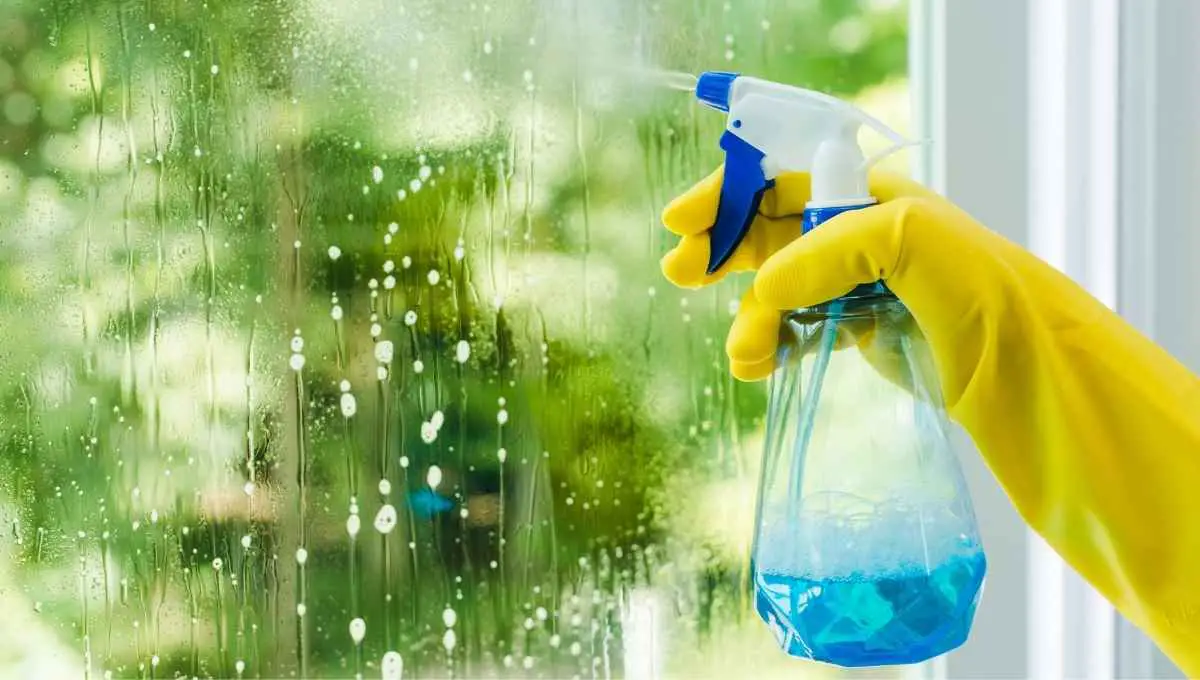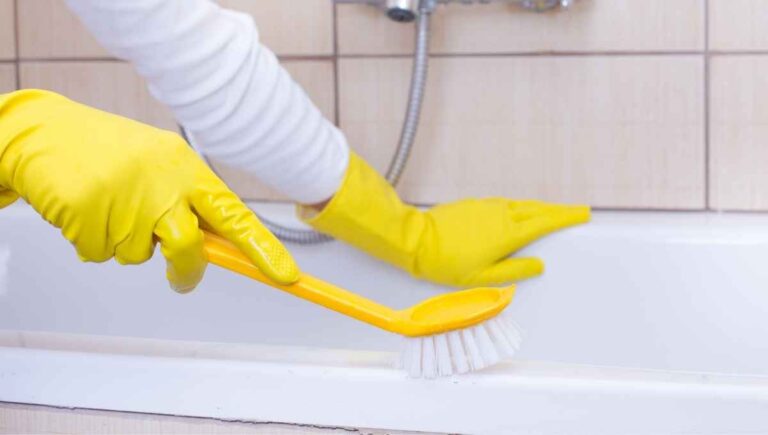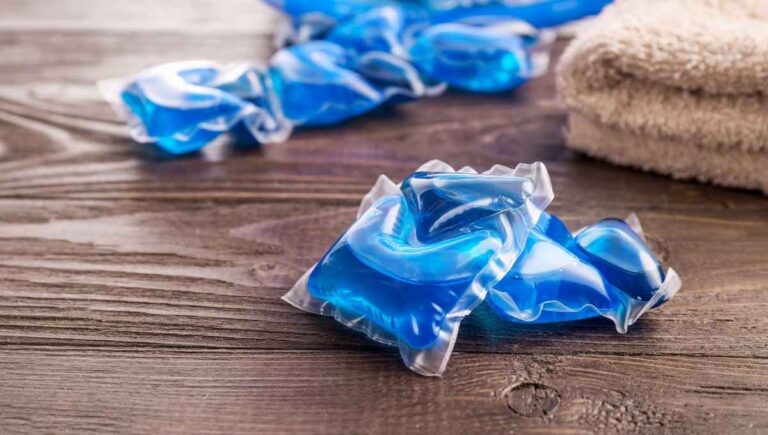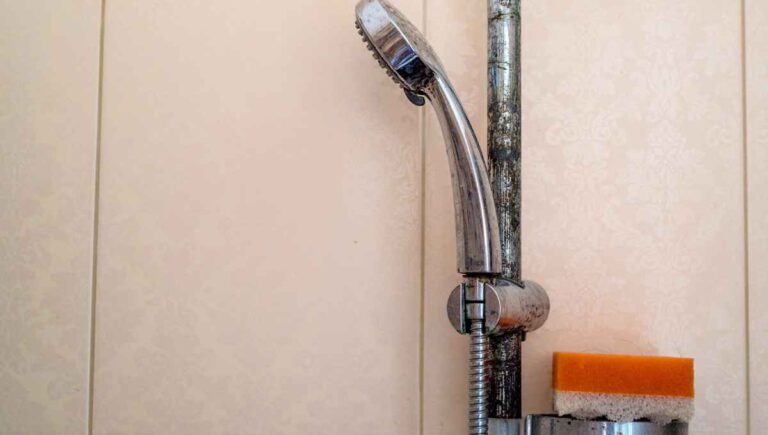Does Windex Expire? (We Checked So You Don’t Have To)

If you’ve ever had a bottle of Windex around your house for a while, you may have wondered if it’s still good to use. Can Windex expire? And if so, what happens when it does?
Windex has a maximum shelf life of two years before it expires. However, it’s worth noting that this only applies to unopened bottles. Once you open a bottle of Windex, its shelf life is cut down and it will expire sooner.
So, if you have an unopened bottle of Windex that’s been sitting in your cupboard for a while, it’s probably still fine to use. In this blog post, we’ll dive into the details of why Windex expires and what happens when it does.
This post contains affiliate links. This means Household Blogger may earn a commission should you make a purchase using any of our links. Please refer to our full affiliate disclosure policy for full details.
Here’s a Quick Pro Tip!
If your Windex has expired, you should replace it ASAP with a fresh bottle. We personally recommend picking up this great Windex Glass Cleaning Bundle!
Some really great Windex alternatives are:
1. Glass Plus – This is a great ammonia free window cleaner that works!
2. Clorox Glass Cleaner Cleaning System – A complete glass cleaning system
3. Invisible Glass – A streak-free and no residue glass cleaner at a great price!
What is Windex?
Windex is a blue-colored glass and surface cleaner that most people use to clean windows and other glass surfaces. It’s often used to remove fingerprints, smudges, and other dirt from surfaces.
It’s one of the most popular window cleaners on the market and is known for its streak-free shine.
Windex is owned by SC Johnson, a family-owned company based in the United States. The company was founded in 1886 and is currently run by the fifth generation of the Johnson family.
It’s important to note that Windex should not be used on all surfaces. You should avoid using it on surfaces that are sensitive to chemicals, such as wood or other varnished surfaces.
What Ingredients are in Windex?
Widex is composed primarily of water, ethylene glycol, ammonia, dye, and fragrances. The exact ingredients vary depending on the type of Windex you’re using.
It’s important to note that not all Windex is made the same.
For example, the original blue formula contains these ingredients:
- Water
- 2-hexoxyethanol
- Isopropanolamine
- Sodium dodecylbenzene sulfonate
- lauramine oxide
- ammonium hydroxide
- fragrance
- Liquitint sky blue dye
Depending on the specific formula, Windex may also contain ingredients like hexoxyethanol, alcohol, ammonium hydroxide, and ethylenediamine.
Is There Ammonia in Windex?
Windex contains ammonia, which is a common ingredient in cleaning products. Ammonia is a colorless gas that has a strong smell. It’s often used in cleaning products because it’s good at breaking up dirt and grime.
Windex also contains other ingredients like alcohol and water. These ingredients help to dilute the ammonia and make it safer to use.
You might also enjoy our post on If Dawn Dish Soap is Toxic
Is Windex Just Vinegar?
Vinegar is not the only ingredient in Windex. Some Windex products contain vinegar, but not all of them. The original blue Windex formula does not contain vinegar.
However, there are other formulas that do contain vinegar. For example, the Windex Vinegar Glass Cleaner is one product that contains vinegar.
The Windex Vinegar Glass Cleaner is made with vinegar and doesn’t have the smell of ammonia. It’s safe to use on most surfaces, including windows, mirrors, glass, and even toilets!
How Long Does Windex Last?
On average, an unopened bottle of Windex will last for two years before it expires. Once you open the bottle, the shelf life is cut down and it will only last for about six months to a year or more depending on how it’s stored.
It’s important to note that these are just averages and your specific bottle of Windex may last longer or shorter depending on how you store it.
For example, if you store your Windex in a cool, dark place, it will last longer than if you store it in a warm, sunny place.
The expiration date is usually printed on the bottom or back of the bottle. Once the bottle is opened, you should write the date on the bottle so you know how long it’s been open.
- Includes (1) spray bottle and (1) refill bottle. Save and reuse your sprayer to help us reduce plastic waste
How to Store Windex Properly
Windex should be stored in a cool, dark place like a cupboard or pantry. You should also make sure the bottle is tightly closed when you’re not using it. This will help keep the Windex from evaporating and prevent it from expiring sooner than usual.
When storing Windex, you should also avoid exposing it to extreme temperatures. If the temperature is too cold, the Windex may freeze and become unusable. If it’s too hot, the heat can cause the chemicals in the Windex to break down and expire sooner.
It’s important to also keep your Windex away from any heat sources like stoves, ovens, or radiators.
What Happens When Windex Expires?
When Windex expires, the chemicals in the cleaner can break down and become less effective. The Windex may also lose its color and turn yellow or brown.
You may also notice the texture of the Windex change and it may become runnier or thicker than usual.
If you notice any of these changes, it’s best to throw out the expired Windex and buy a new bottle.
You might also enjoy our post on If Vinegar Damages Toilet Bowls
Can You Use Expired Windex?
It’s not recommended to use expired Windex because the chemicals in the cleaner can break down and become less effective. It may also cause streaking or other problems on surfaces.
If you do use expired Windex, be sure to test it in a small area first to see if there are any adverse effects.
You should also avoid using expired Windex on delicate surfaces like wood or painted surfaces.
Alternatives to Windex
If Windex is not available or you’re looking for an alternative, there are a few other options you can try.
If you’re looking for a commercial window cleaner, there are many other brands available that will also get the job done.
Some of the top Windex commercial alternatives are:
Can I Make My Own Windex?
You can also make your own window cleaner at home with just a few ingredients. All you need is water, white vinegar, and rubbing alcohol.
To make your own Windex, simply mix equal parts of water and vinegar. Then add a few drops of rubbing alcohol and mix well.
You can use this homemade cleaner on windows, mirrors, and glass surfaces.
You can make your own Windex-style cleaner at home using vinegar, water, and essential oils.
To make your own cleaner, mix together equal parts vinegar and water in a spray bottle. Then add 10-15 drops of essential oil for scent. You can also add a little bit of blue food coloring to give it that classic Windex blue color.
Some essential oils that work well in window cleaners are:
- Lemon
- Orange
- Grapefruit
- Lavender
- Peppermint
You can use this cleaner on windows, mirrors, and glass surfaces.
Final Thoughts
Windex is a popular window cleaner that can be used on a variety of surfaces. If unopened Windex typically lasts two years before it expires. However, this may vary depending on how it’s stored.
You should always store Windex in a cool, dark place and make sure the bottle is tightly closed when not in use. You should also avoid exposing it to extreme temperatures.
In the end, it’s best to throw out expired Windex and buy a new bottle.








